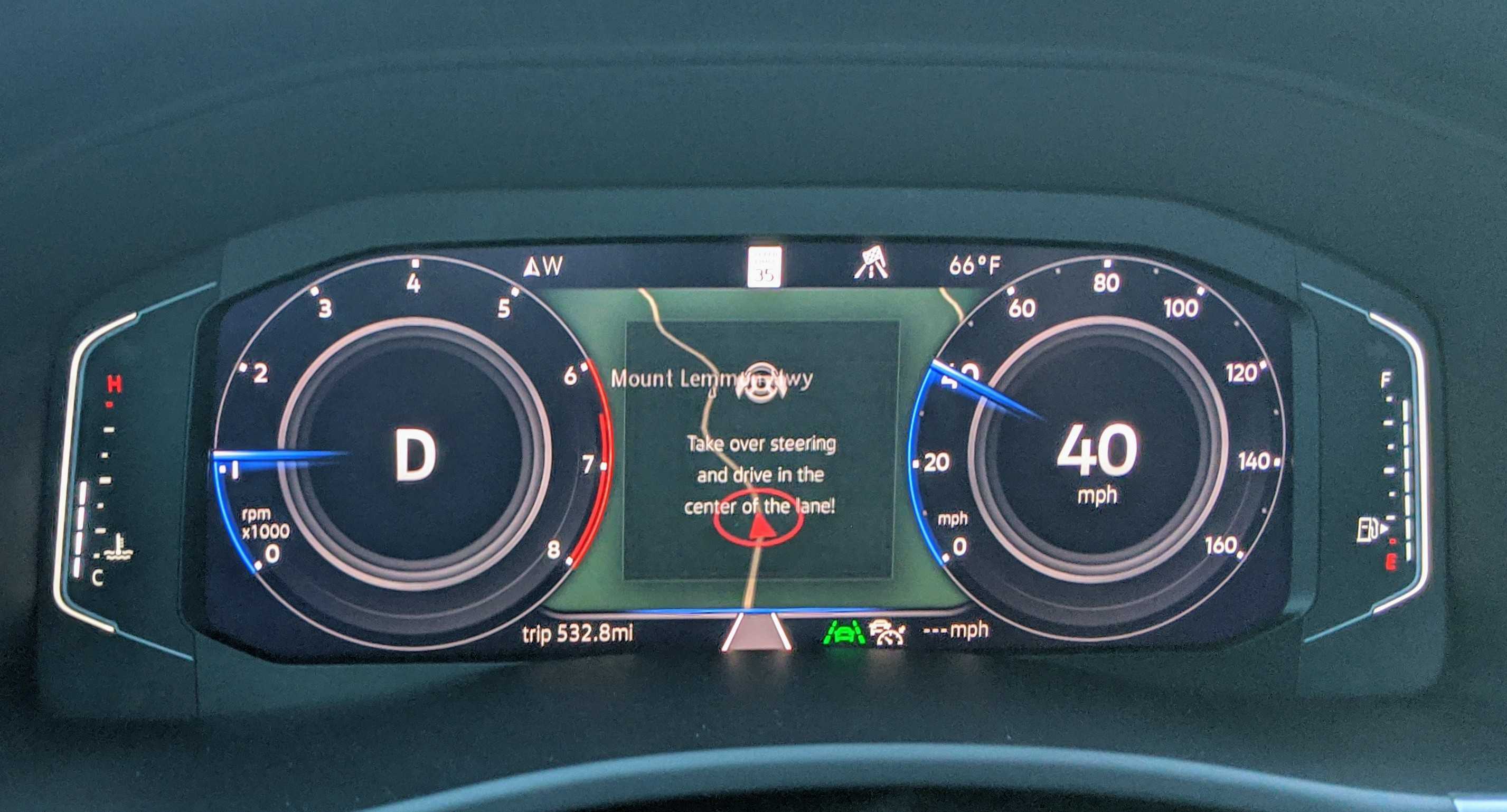The Station: Bird spikes Circ in the Middle East, Kitty Hawk folds Flyer, Cruise attempts a hiring coup
The Station is a weekly newsletter dedicated to all things transportation. Sign up here - just click The Station - to receive it every Saturday in your inbox.
Hi friends and first-time readers. Welcome back to The Station, a newsletter dedicated to all the present and future ways people and packages move from Point A to Point B. I'm your host Kirsten Korosec, senior transportation reporter at TechCrunch.
In the past two weeks, demonstrators have taken to the streets to protest police brutality following the murder of George Floyd (and many other black men and women who have been killed by police). Newsletters about transportation hardly seem important right now.
I will note that transportation, or the lack of access to it, has played a huge part in continued and systemic racism in the United States. The Station aims to highlight the founders, urban planners, bike advocates, lawmakers, tech companies and venture capitalists who are helping - and hurting - the efforts to make transportation accessible to all.
Reach out and email me at kirsten.korosec@techcrunch.com to share thoughts, criticisms, offer up opinions or tips. You can also send a direct message to me at Twitter - @kirstenkorosec.
Alright, time to dig in. Vamos.
Micromobbin'The scooter and bike scrapping keeps on keepin' on. Last month, it was Uber tossing more than 20,000 JUMP bikes into a recycling yard following its deal to offload the JUMP brand to Lime.
This week, it's scooter sharing company Bird. The company shut down scooter sharing in several cities in the Middle East, an operation that was managed by Circ, the micromobility startup it acquired in January. About 100 Circ employees were laid off and as many as 10,000 Circ scooters were sent to a third-party UAE-based company for recycling, TechCrunch learned from multiple sources.
Bird couched the shutdown as pausing of operations" and was quick to note that it was still in Tel Aviv. This pause comes less than six months after Bird announced it had acquired its European counterpart and touted plans to expand. Bird's decision to shut down Circ's entire Middle East business affects operations in Bahrain, UAE and Qatar.
Bird says it will return to the region. But my sources disagree, noting that the company ruined its relationships with transportation agencies in places like Abu Dhabi.
Meanwhile, electric-bike maker Cowboy released a new iteration of its bike, the Cowboy 3. It's a relatively small update that should make the experience better for newcomers, Roman Dillet reports.
Oh and remember our little snippet last week about Superpedestrian? Megan Rose Dickey noted Superpedestrian, the startup that makes self-diagnosing electric scooters, had teamed up with Zagster and quietly launched a shared electric scooter service called LINK.
Turns out Zagster is Superpedestrian. Growth equity firm Edison Partners said this week it has sold its portfolio company Zagster to Superpedestrian.
Deal of the weekThis week, we turn our attention to Volkswagen's $2.6 billion investment into Argo AI, the Pittsburgh-based self-driving car startup that came out of stealth in 2017 with $1 billion in backing from Ford. The deal, which was announced in July 2019, was finalized this week.
It's notable for a few reasons. Argo is now a global company with two customers - VW and Ford - as well as operations in the U.S. and Europe. The company's workforce just popped by more than 40% as Autonomous Intelligent Driving (AID), the self-driving subsidiary that was launched in 2017 to develop autonomous vehicle technology for the VW Group, will be absorbed into Argo AI. AID's Munich offices will become Argo's European headquarters.
Argo also has offices in Detroit, Palo Alto and Cranbury, N.J. The company has fleets of autonomous vehicles mapping and testing on public roads in Austin, Miami and Washington, D.C.
This is all very exciting. Of course, now the hard work begins. Argo must juggle two huge, traditional automotive customers and maintain multiple offices with more than 1,000 employees. Welcome to the big time.
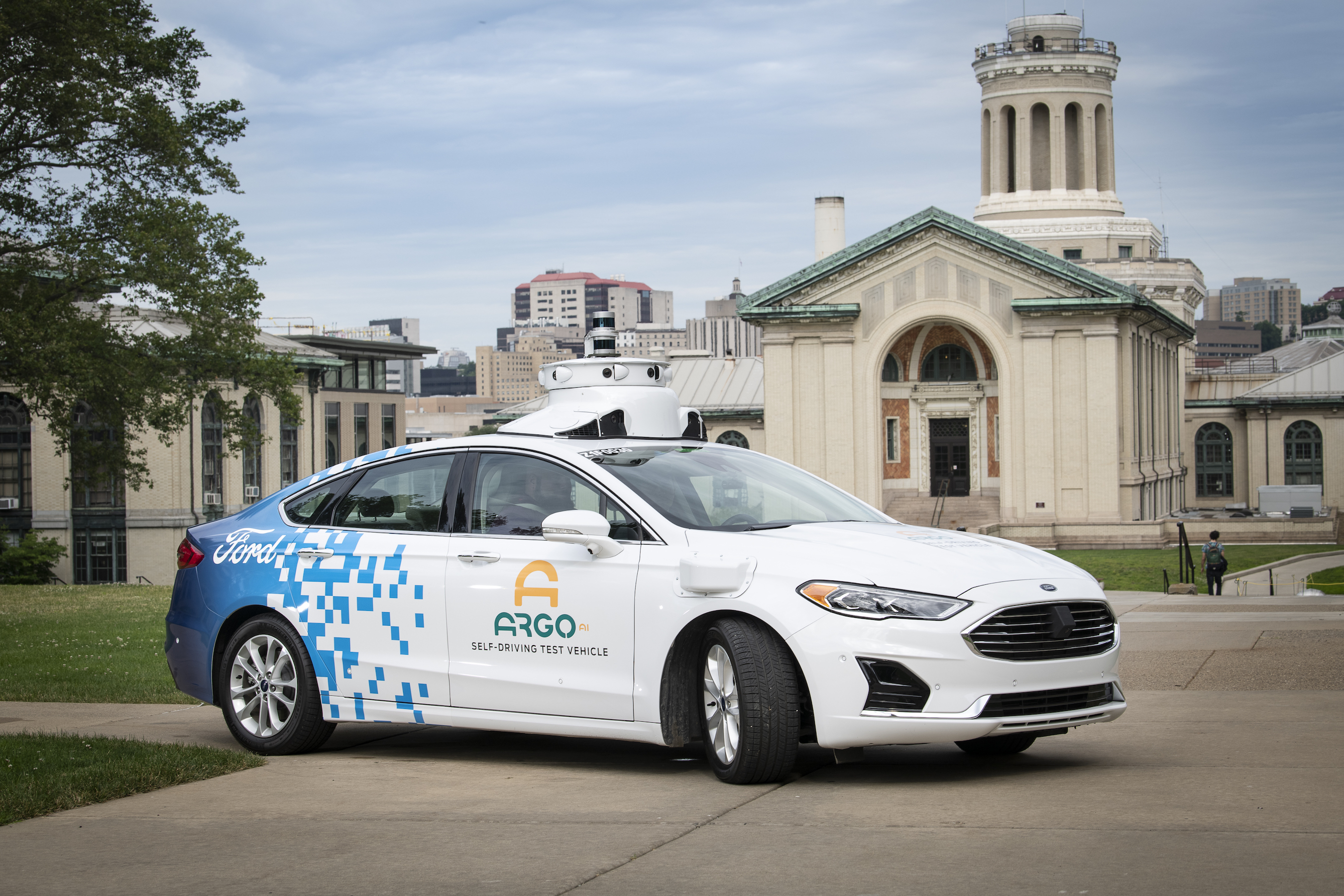
An Argo AI autonomous vehicle at Carnegie Mellon University.
Other deals that got our attention:
OTTO Motors, the industrial division of Clearpath Robotics, raised $29 million in funding in a Series C funding round led by led by Kensington Private Equity Fund, with participation from Bank of Montreal Capital Partners, Export Development Canada (EDC) and previous investors iNovia Capital and RRE Ventures. To date, the company has raised $83 million in funding.
Beam, a Singapore-headquartered micromobility firm that offers shared e-scooters, has raised $26 million in a Series A round led by Sequoia India and Hana Ventures. Several more investors from the Asia Pacific region participated, including RTP Global, AppWorks, Right Click, Cherubic and RedBadge Pacific, Beam said. The startup, which has raised $32.4 million to date, plans to use the capital to expand its footprint in Korea, Australia, Malaysia, New Zealand and Taiwan.
Navmatic, a startup that provides high-accuracy positioning for micromobility, robotics and mobile phones, came out of stealth mode earlier this year on $4 million in funding. The round, which was finalized pre-COVID 19, was led by Lear Corporation's Lear Innovation Ventures, and also includes UpWest, Next Gear Ventures, and several private investors.
Navmatic is aiming to solve one of the stickier problems of micromobility: precise location within centimeters. Navmatic CEO and co-founder Boaz Mamo says the tech, which goes beyond GPS, is the backbone of micromobility that will help cities, customers and scooter companies. Mamo also weighed in on the pandemic and its impact on shared mobility. He expects that while micromobility has been negatively affected by COVID, it will return as people try to avoid public transportation and seek other means of getting around.
Gojek, the five-year-old Southeast Asian ride-hailing startup that also offers food delivery and mobile payments, is attracting more high-profile backers. Facebook and PayPal are the latest to participate in its ongoing Series F financing round, which brings it total raise-to-date to over $3 billion. Google and Tencent have also invested in Gojek.
Softbank announced a new investment vehicle to back entrepreneurs of color called the Opportunity Growth Fund, which will only invest in companies led by founders and entrepreneurs of color," according to an internal memo from SoftBank's COO Marcelo Claure. The fund will initially start at $100 million.
Andreessen Horowitz is launching a fund designed to invest in underrepresented and underserved founders. The Talent x Opportunity (TxO) fund starts with $2.2 million in donations from the firm's partners. TxO will be invested in a small group of seed-stage startups the first year and expand in size going forward.
Vroom released an updated IPO filing that provides pricing information for a somewhat odd public offering. The company expects to price its IPO between $15 and $17 per share, according to the filing. It hopes to sell 18.75 million shares in its debut, generating gross proceeds of between $281.25 million and $318.75 million. Alex Wilhelm spends some time sorting through the latest financial bits.
It's electricThere was too much electric vehicle news this week to put under my catch-all at the bottom of the newsletter. Plus lots of photos too!
Let's kick things off with James Dyson, the man behind the high-tech vacuum cleaners and fans company. Dyson was working on an electric vehicle until he wasn't. The project, known internally as N526, was killed in October.
Dyson popped back up this week with a blog post, video and photos that describe the project in greater detail and shared new tidbits. Dyson spent 500 million (or about $605 million)he project) of his own money on the EV project that, at one point, had 600 people working on it. Dyson described it as a fantastic result with interesting features like no visible door handles and all controls on the steering wheel. It's a brilliant car with very special features and a very intelligent hard-working team," he said in a video.
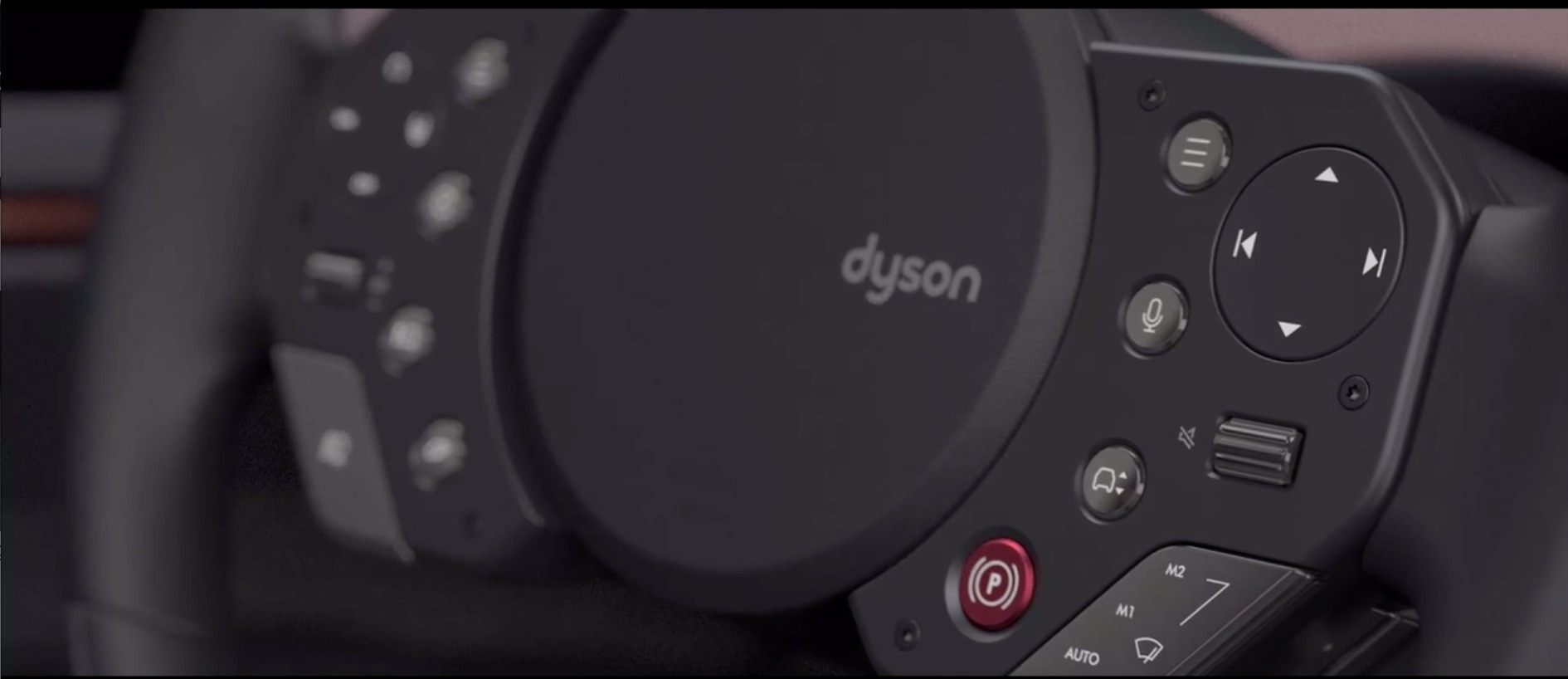
Image Credits: Screenshot/Dyson
And yet despite this seeming slam dunk, the electric vehicle project was ended because it wasn't commercially viable. It's a great shame, that's probably the best way of putting it," Dyson said in one of the videos.
One insider told me at the time the project ended that this came down to choice and legacy. Dyson, who had already made his fortune, could walk away despite the enormous expense. To continue, would be to risk the legacy he had built.
Tesla and its CEO Elon Musk didn't have that luxury during its most challenging times, the insider noted. It was either push on or die.
Other electric news ...
GM's electric offensive to bring at least 20 new EVs to market by 2023 reportedly includes a commercial van. The company is developing an electric van for the commercial market, Reuters reported. Code-named BV1, the van is expected to start production in late 2021 and will use the Ultium battery system that was revealed in March.
As I noted in my own reporting, GM will join an increasingly crowded pool if it delivers on that goal. Amazon ordered 100,000 electric delivery vans from Rivian, the first of which are expected to be on the road in 2021. Ford has announced an electric Transit van that's expected to launch in 2021. Startups such as Arrival, Chanje, Enirde and XoS have all received orders for electric vans from package delivery companies such as Ryder and UPS.
Bollinger Motors has been granted a patent for its Passthrough and Frunkgate, two features that take advantage of its electric architecture.
The Passthrough is an opening that spans the length of the vehicle, from the front-cargo space through the interior of the cab, to the rear of the vehicle. The Passthrough enables an uninterrupted 13-foot on its B1 sport utility truck and a 16-foot path, on its B2 pickup.
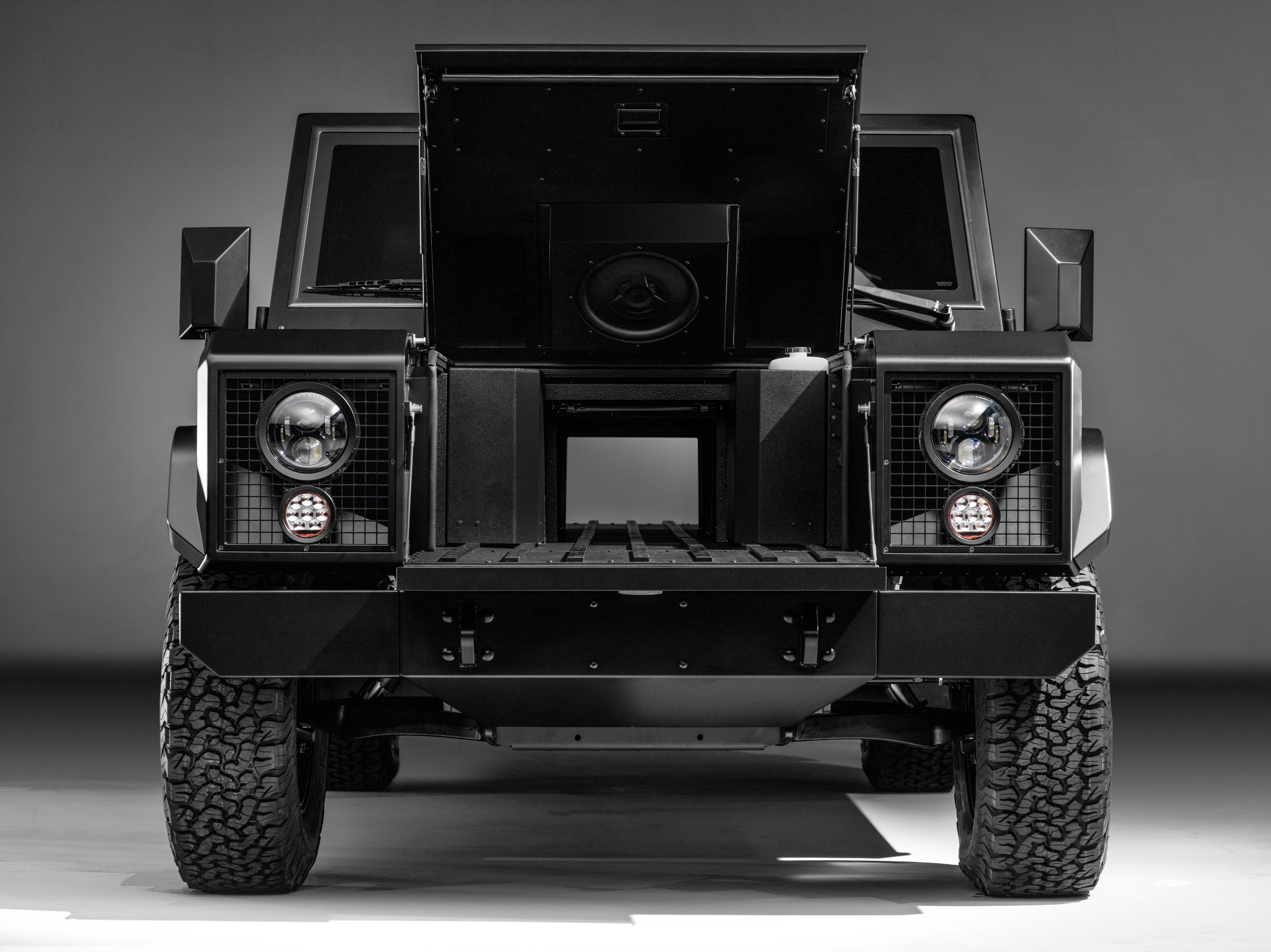
Image Credits: Bollinger Motors
The Frunkgate is the fold-down portion on the nose of the truck, similar to a tailgate and allows cargo to be inserted through the front of both the Bollinger B1 and B2. Production for the Bollinger Motors B1 sport utility truck and B2 pickup is slated to begin in 2021.
Nikola Motors, the maker of electric and hybrid trucks and vehicles, went public this week. The company did a reverse merger with VectoIQ and took over its stock ticker. Forbes examines the company, its plans and founder.
Jalopnik took a deep dive into an electric vehicle that senior editor Jason Torchinsky ordered for $900 ($1,200 by the end) from Alibaba. The vehicle, built by the Changzhou Changli Vehicle Factory, is more impressive than you might expect for the price.
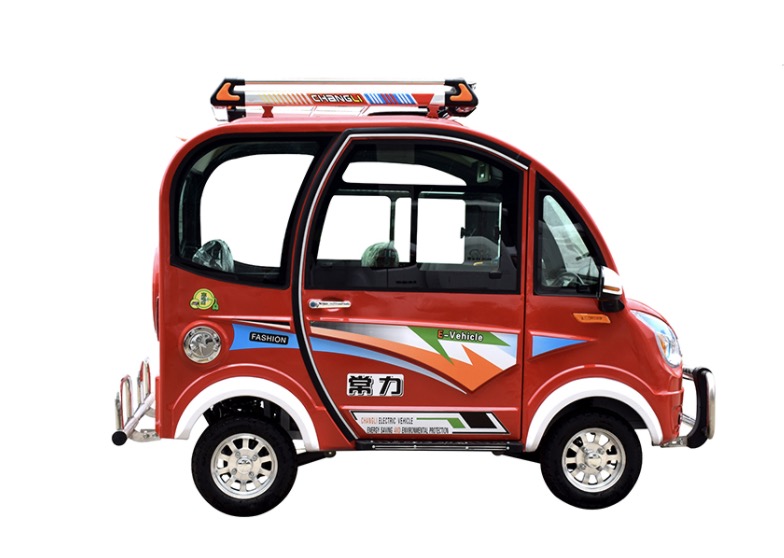
Image Credits: Alibaba/screenshot
Notable reads and other tidbitsBefore we dive into all the news bits, I wanted to draw your attention to a draft transportation bill released this week by House Democrats.
The $494 billion, 5-year plan is called Investing in a New Vision for the Environment and Surface Transportation in America Act. The proposed legislation would replace the FAST Act, which was passed in 2015 and expires later this year.
Rail and transit get a proposed funding boost. The federal Transportation Alternatives Program, which focuses on bike and pedestrian projects, got a 60% increase above the $850 million authorized in the FAST Act. However, the bulk of the draft bill is still focused on roads and related infrastructure.
AV newsYandex, the Russian search giant that has been working on autonomous vehicle technology, unveiled its fourth-generation self-driving cars that were jointly developed with Hyundai Mobis. If you recall, Yandex and Hyundai partnered in March 2019 to develop software and hardware for autonomous car systems.
The latest generation platform operates on the 2020 Hyundai Sonata, joining Yandex's existing fleet of more than 100 self-driving Toyota Priuses. [On a side note: I took a ride in one of Yandex's self-driving (and driverless) Toyota Priuses in Las Vegas this January during CES. I was surprised by the bold and assertive decision making and driving by the vehicle.]
These fourth-generation self-driving Sonatas are now operating in Moscow. The company plans to add another 100 Sonatas by the end of 2020. The vehicles will be integrated into its robotaxi program in Innopolis, Russia, as well as joining its fleet in Michigan.
California Department of Motor Vehicles has given its autonomous vehicle web portal a new look. Let's hope it's easier to navigate and find the important stuff like incident reports.
The AP Stylebook made an important update last week that I failed to mention last week. Four points that have now been cast in stone forevermore:
- The term autonomous vehicles describes vehicles that can monitor the road and surroundings and drive for all or part of a trip without human supervision. They also can be called self-driving vehicles
The term driverless should not be used unless there is no human backup driver.
Some vehicles have driver-assist systems that can perform tasks such as changing lanes, driving at low speeds, or keeping a safe distance from vehicles ahead of them, but they still need human supervision. These should be referred to as partially automated.
Avoid the term semi-autonomous because it implies that these systems can drive themselves. At present, human drivers must be ready to intervene at any time.
The IIHS caused a bit of a kerfuffle with a study that undercuts some of the presumed safety benefits around autonomous vehicles. AV developers and PAVE, or Partners for Automated Vehicle Education, pushed back. Here is PAVE's counterargument. Both are worth the read.
Miscellaneous bitsRumors of buses full of antifa protestors plying the countryside are causing panic in rural counties throughout the country - even though there's no evidence they exist, The Verge reports. The Associated Press has catalogued at least five separate rural counties where locals have warned of imminent attacks, although none of the rumors have been substantiated.
Amazon has added 12 new cargo aircraft to Amazon Air, bringing its total fleet to more than 80 aircraft, in part because of increased demand for shipments during the COVID-19 pandemic. Amazon said one of the planes will begin transporting cargo this month, and the rest will be delivered next year.
The Boring Co., another Elon Musk company, has proposed a a high-speed tunnel linking Rancho Cucamonga with Ontario International Airport. This week, San Bernardino County transportation agency voted unanimously to support the idea, the San Jose Mercury News reports. Staff have been directed flesh out the proposal and postpone a $3 million study of other airport-rail connections.
LanzaTech, which develops technologies that can turn carbon emissions into ethanol that can be used for chemicals and fuel, has spun out a new company. This spinout, conducted alongside its corporate partners Mitsui, Suncor and All Nippon Airways, aims to bring sustainable aviation fuel to the commercial market.
Layoffs, business disruptions and peopleRemember a week ago when I used the term knife fight" to describe the pursuit of talent within the autonomous vehicle technology industry? Yeah, welp.
Cruise co-founder and CTO Kyle Vogt sent an email to employees at Zoox with a direct appeal to join his company. It's no secret that Zoox has had to do some belt tightening in the past year and is reportedly being pursued by Amazon. Zoox is in an uncertain time and Vogt didn't waste the opportunity.
I'm writing because your company is potentially about to go through a major transition, and I want to ensure you have the ability to do what you signed up to do: transform transportation ...," the email read, according to an initial report from Reuters, a follow on from The Information and confirmed by TechCrunch.
This ploy didn't sit well with Tim Kentley Klay, the co-founder and ousted CEO of Zoox. Klay sent a tweet Saturday morning that called Vogt a vulture" and said Zoox engineers are better than yours." Grab the popcorn.
LayoffsOn-demand parking startup Spothero laid off 40 people, citing economic challenges caused by the COVID-19 pandemic.
TrueCar, the online car marketplace, laid off 30% of its staff.
And under the weird hiring-layoff hybrid ...
Kitty Hawk is shutting down its Flyer program, the aviation startup's inaugural moonshot to develop an ultralight electric flying car designed for anyone to use.
The company, backed by Google co-founder Larry Page and led by Sebastian Thrun, said it's now focused on scaling up Heaviside, a sleeker, more capable (once secret) electric aircraft that is quiet, fast and can fly and land anywhere autonomously.
Kitty Hawk is laying off most of Flyer's 70-person team, TechCrunch learned. But it says it is doubling down" on Heaviside, a plan that includes hiring more folks for that project.
Rivian laid off 40 employees at its Plymouth, Michigan office, a story that The Verge first reported. There appears to be confusion over why there were layoffs. Employees said it was related to COVID-19, while Rivian said it was performance based.
Meanwhile the company told TechCrunch it has hired a new COO and filled several new position. Rod Copes, who previously worked at Royal Enfield and Harley Davidson, is the new COO. The new positions were filled by employees who have worked at Apple, Lucid Motors, Nissan, Tesla and Waymo.
Rivian hired Beth Harrington as director of strategic programs, Matt Horton as executive vice president of energy and charging Solutions, Noe Mejia as senior director of service operations, Charly Mwangi as executive vice president of manufacturing engineering and Georgios Sarakakis as vice president of reliability engineering.
2020 Volkswagen Atlas Cross Sport SEL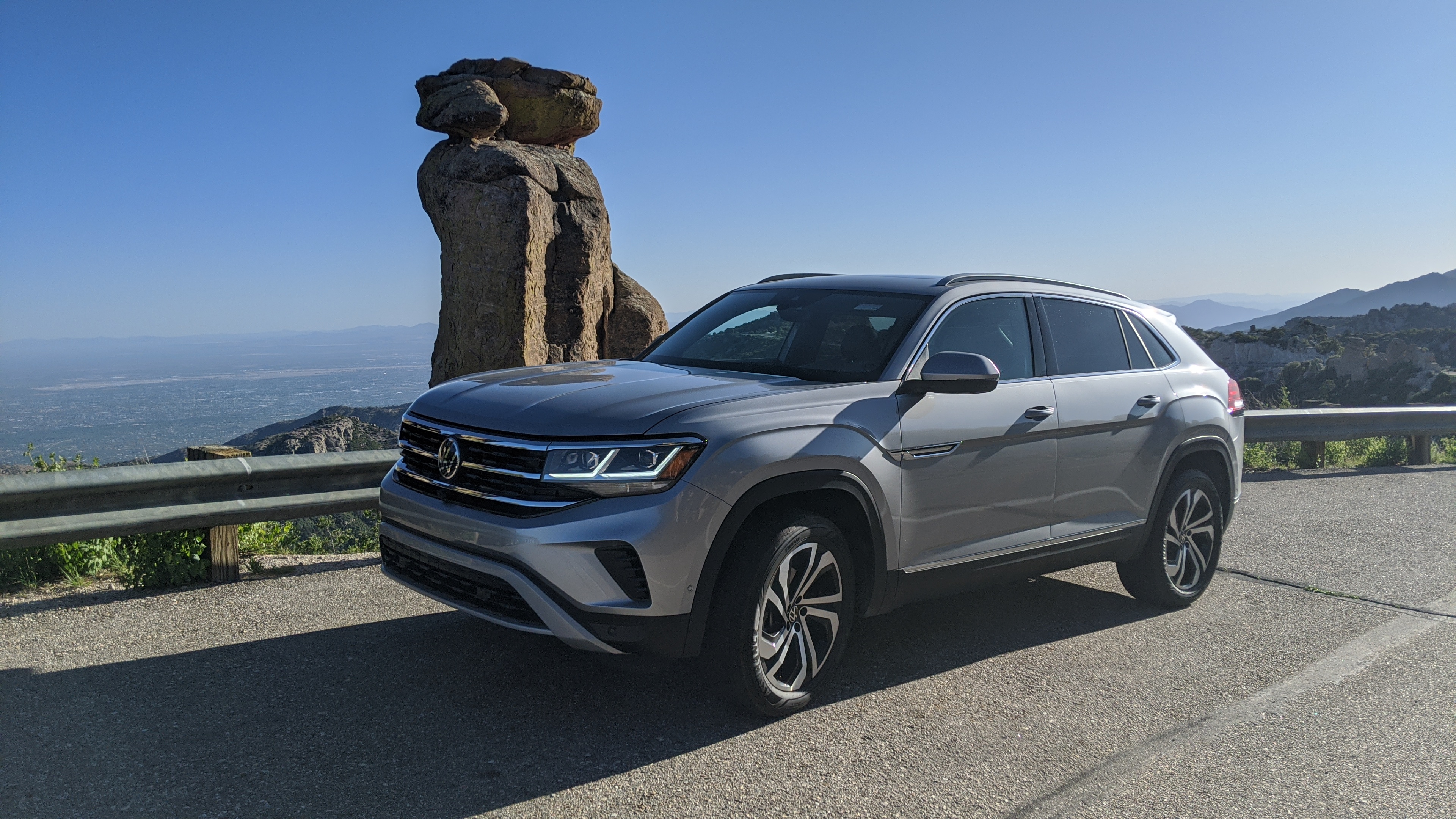
2020 Volkswagen Atlas Cross Sport
As I mentioned last week, I spent a few days test driving 2020 VW Atlas Cross Sport V6 SEL (premium trim), a smaller and more approachable version of the massive three-row Atlas. Over the next several weeks I plan to test and share my thoughts on a few new SUVs because as I previously mentioned - this is the summer of the reimagined road trip thanks to COVID-19.
Last November, I tested the bigger VW Atlas during a climbing and camping trip in Joshua Tree. At the time, I felt that the Atlas was simply too much car for my needs - even with a full climbing rack and camping gear stuffed inside. There are two engines offered in the Atlas Cross Sport - a 2.0-liter turbo four with produces 235 horsepower and a 3.6-liter V6 with 276 horsepower. Both versions have an 8-speed automatic transmission.
My vehicle was a pyrite silver Atlas Cross Sport with the 3.6-liter V6 and had a base price of $49,350, including the required destination fee.
VW packed a lot of the same features into the smaller Atlas Cross Sport V6 SEL. I was first struck by how much lower it sits, giving it a sportier stance. The ground clearance is actually the same as its bigger sibling, and yet its overall height is more than 2 inches lower. The vehicle has the same 117.3-inch wheelbase as the full-sized Atlas, but is 5.7 inches shorter.
The outcome is a more manageable ride. Despite its sportier package it didn't feel zippier than the full sized Atlas. The performance and get-up-and-go were similar in both vehicles.
I'm a sucker for a large moonroof - at least during a road trip - and the Atlas Cross Sport didn't disappoint. The vehicle interior is loaded with features like heated leather-wrapped steering wheel, heated and ventilated seats, and 10-way power driver's seat. There are USB charging only ports in the front and back rows and a center console with dual USB data and charging ports and cup holders. The seats folded down easily to create loads of space - 77.8 cubic feet - for gear. If that's not enough room, the vehicle has a roof rails that can be outfitted to hold roof boxes and bike attachments. It also has trailer hitch and can tow 5,000 pounds. Heck, there are even 11 cup holders.
And then there's the ADAS system, which includes parking assist adaptive cruise control, forward collision warning and automated emergency braking, active blind spot monitor, lane keeping system and traffic jam assist. All of these are easy enough to locate and activate after a few moments of fiddling around.
My big quibble is how long a driver can have ACC and lane assist on without their hands on the wheel. Remember, this is a lane assist" feature. If a driver takes their hands off the wheel while this feature is engaged, a visual warning pops up on the display after about 7 seconds. Several seconds later, an audible warning followed. The lane assist feature is consistent enough to warrant a stricter system to avoid distraction and abuse.
Overall, it's a vehicle ready to take a family or gear on the road and has lots of the comforts one might expect for a nearly $50,000 vehicle. The sporty stance makes the Cross Sport standout, but its performance doesn't quite match up with its visual appeal.






